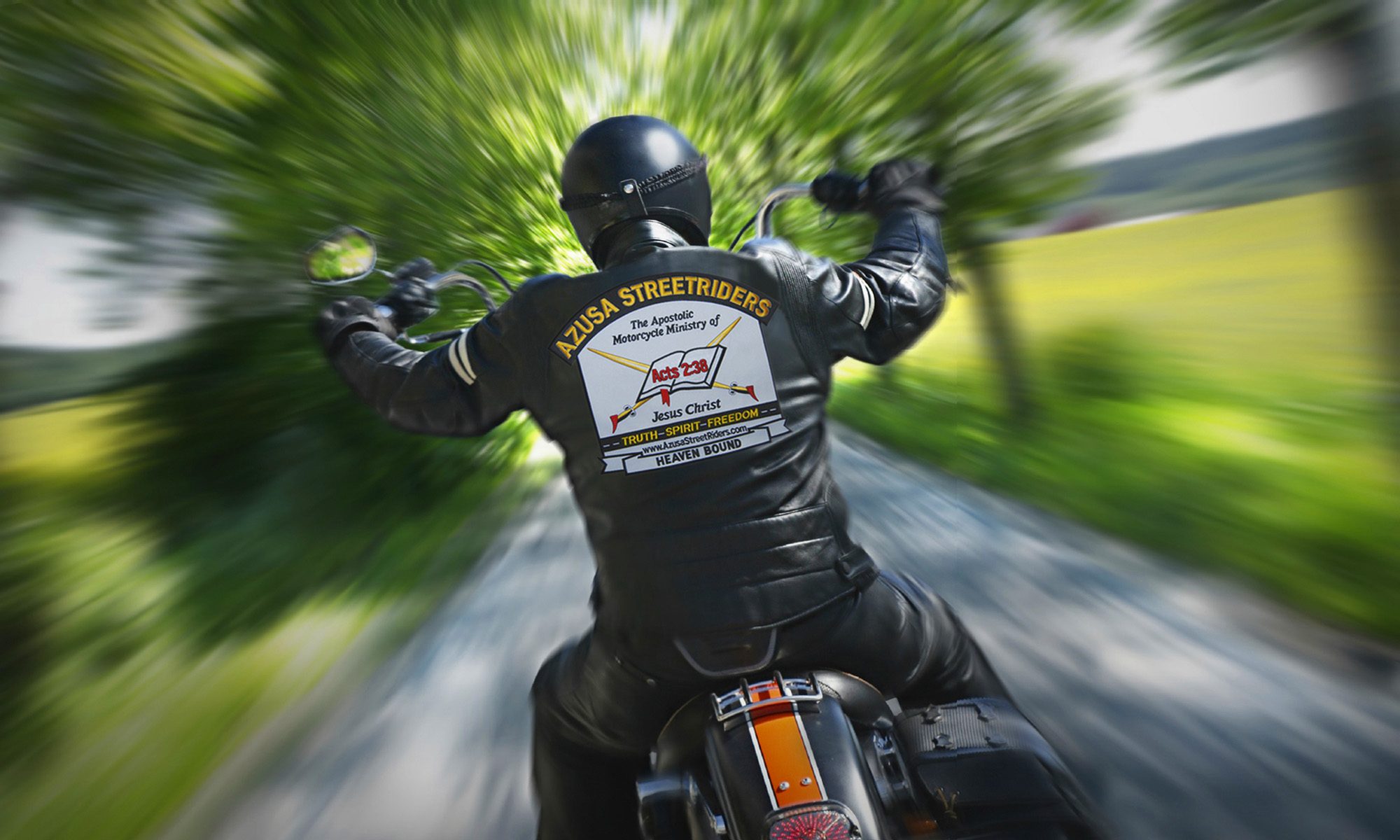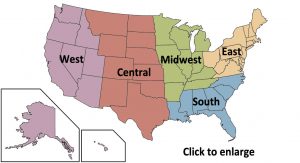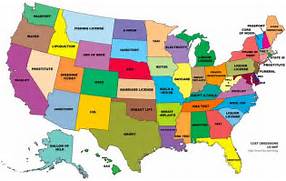
Proper mirror positioning can give you the fairest view of them all.
Most riders position their mirrors to provide the same rearward view. Resulting in a duplicated image and a much narrower overall view. By angling mirrors outward, you the rider can expand and optimize the rearward view while still seeing everything behind.
You wouldn’t ride with a blindfold on. Nor would you ride with blinders to Obscure your peripheral vision (like horses wear). Yet many riders keep their right and left mirrors adjusted in a way that provides the narrowest view (including an excellent view of their elbows). Hum is this you?
Next time when you get on your bike, and before you pull away, take a careful look into each mirror. What do you see? Is the view in the left mirror virtually the same as the view in the right mirror? How much of the scene behind you can you see in both mirrors? If the scene is largely duplicated by each, try angling both mirrors outward to expand the width of your overall view. The ideal adjustment allows you to see a vehicle directly behind in either mirror but with minimal overlap of that image. You should have a distinctly different view to the outside of the mirror now as well. The left mirror should reveal more of the space adjacent to your bike on the left (where cars pass), and the right mirror should expand the view of the space to the right of your bike (where merging vehicles appear from), significantly expanding your total rearward view.
While we are talking mirrors, it’s a good time to consider what other drivers see. Car drivers have a rearview mirror mounted on the windshield that provides exactly what the name suggest; a rear view. Cars also have two side – view mirrors mounted to the outside of the vehicle one on the left one on the right side. Unfortunately, dispite the name. those mirrors are typically adjusted inwards to take in the same rearward view as the inside mirror. That means that vehicles – including our motorcycles – are easily obscured from the driver’s view. Be aware as you ride alongside other vehicles; if you can’t see their reflection in their side mirror, then they can’t see you.
Keep the contact patch between the lines
Michael Theodore
National Road Captain
Coordinator for Ohio














